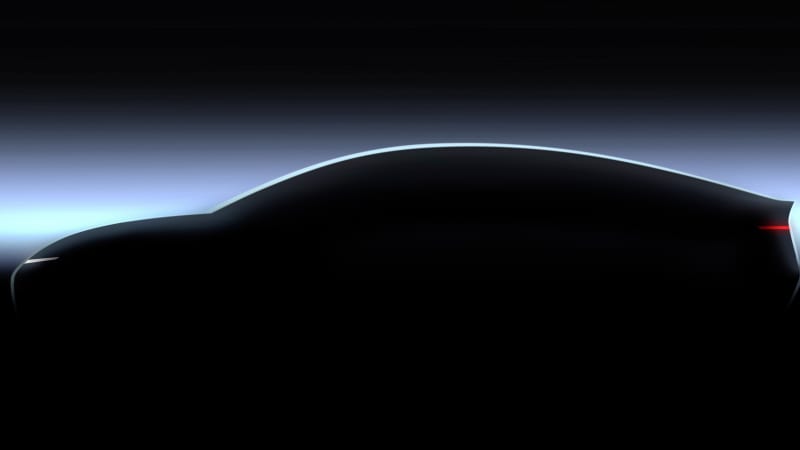
As part of Volkswagen’s new corporate “Accelerate” campaign, the company unreleased a teaser image of this future sedan due out in 2026, called Project Trinity. Describing the design, VW characterizes the upcoming car as “a flat, sporty sedan.” Unsurprisingly, it’s also an EV, with promised innovations in charging and range as well as autonomous-driving capability. Its most revolutionary aspect, however, may be the business model that surrounds it.
First, though, the hardware. Trinity is to be a flagship model that will introduce a new, high-performance electric-vehicle architecture, the Scalable Systems Platform. It’s part of the German automaker’s plan to introduce at least one new BEV every year. Volkswagen says to expect greater range and faster charging—”charging as fast as refueling”—but is short on specifics. The Trinity also is supposed to launch with Level 2+ autonomy but will have the hardware on board to support Level 4 autonomous driving. The car will also be the first Volkswagen to be part of “[a] fully networked vehicle fleet over which vehicles will continuously exchange data [on] traffic, obstacles, or accidents.”
Moreover, Trinity is supposed to lead Volkswagen into the financial promised land, taking the company out of the low-margin business of manufacturing and into a new business model that offers the rich returns of software-as-a-service. This “new, data-based business model” is one in which revenue is less dependent on shifting hardware. Instead, VW wants to move to “new, data-based business models” that “generate additional revenue in the usage phase.”
How might that actually work? One clue is that the company says, “Future vehicles such as Trinity will be produced with considerably fewer variants.” Rather than having FWD and AWD variants, for example, all cars could have the capability for AWD, but buyers would have to turn on the feature when desired, for a fee. Or, as VW says, “The cars will… have virtually everything on board and customers will be able to activate desired functions ‘on demand’ at any time via the digital ecosystem in the car.” As another speculative example, rather than having a Golf and a GTI, in the future VW hatchback, the driver could activate GTI-level power output, electronic damper tuning, and electric power steering effort via the touchscreen, and pay for the privilege, perhaps even on a per-mile basis.
Besides enjoying a revenue stream that continues once the car rolls out of the showroom, for VW an added bonus is reduced production complexity. Car owners may grouse at being nickeled-and-dimed every time they use a feature in their car, but what if it resulted in a lower purchase price? As VW claims: “Entry barriers to individual mobility are to be lowered.”
Ralf Brandstätter, CEO of the Volkswagen brand, lays out the scenario: “In the future, the individual configuration of the vehicle will no longer be determined by the hardware at the time of purchase. Instead, customers will be able to add functions on demand at any time.” Your monthly vehicle-usage charges could exceed your car payment. A brave new future indeed.
Related video:
